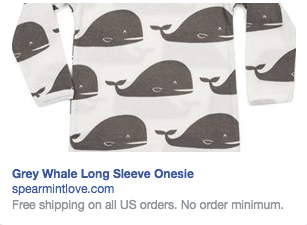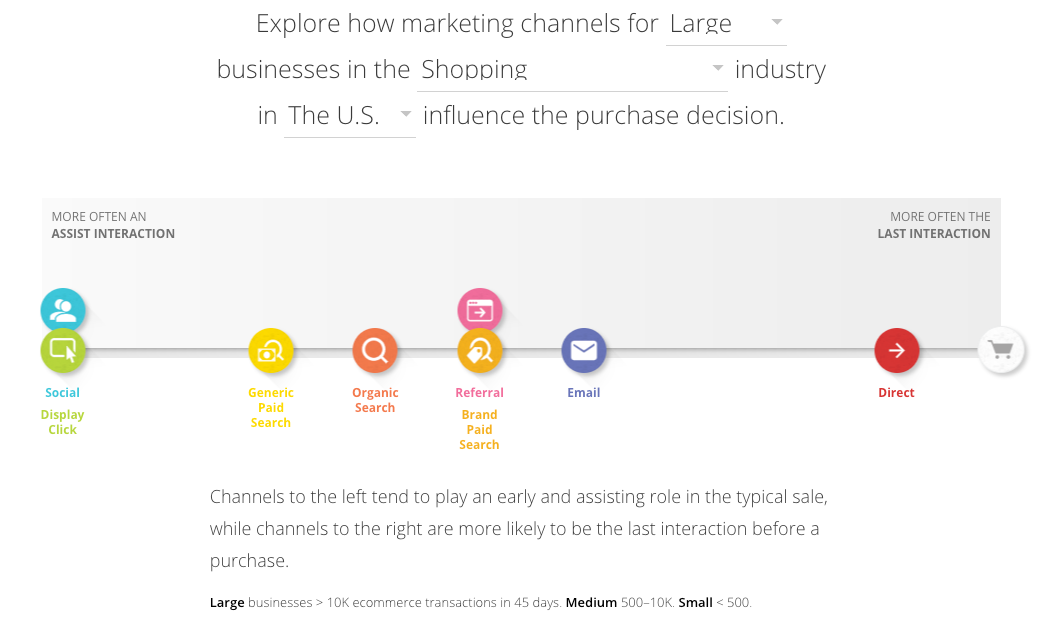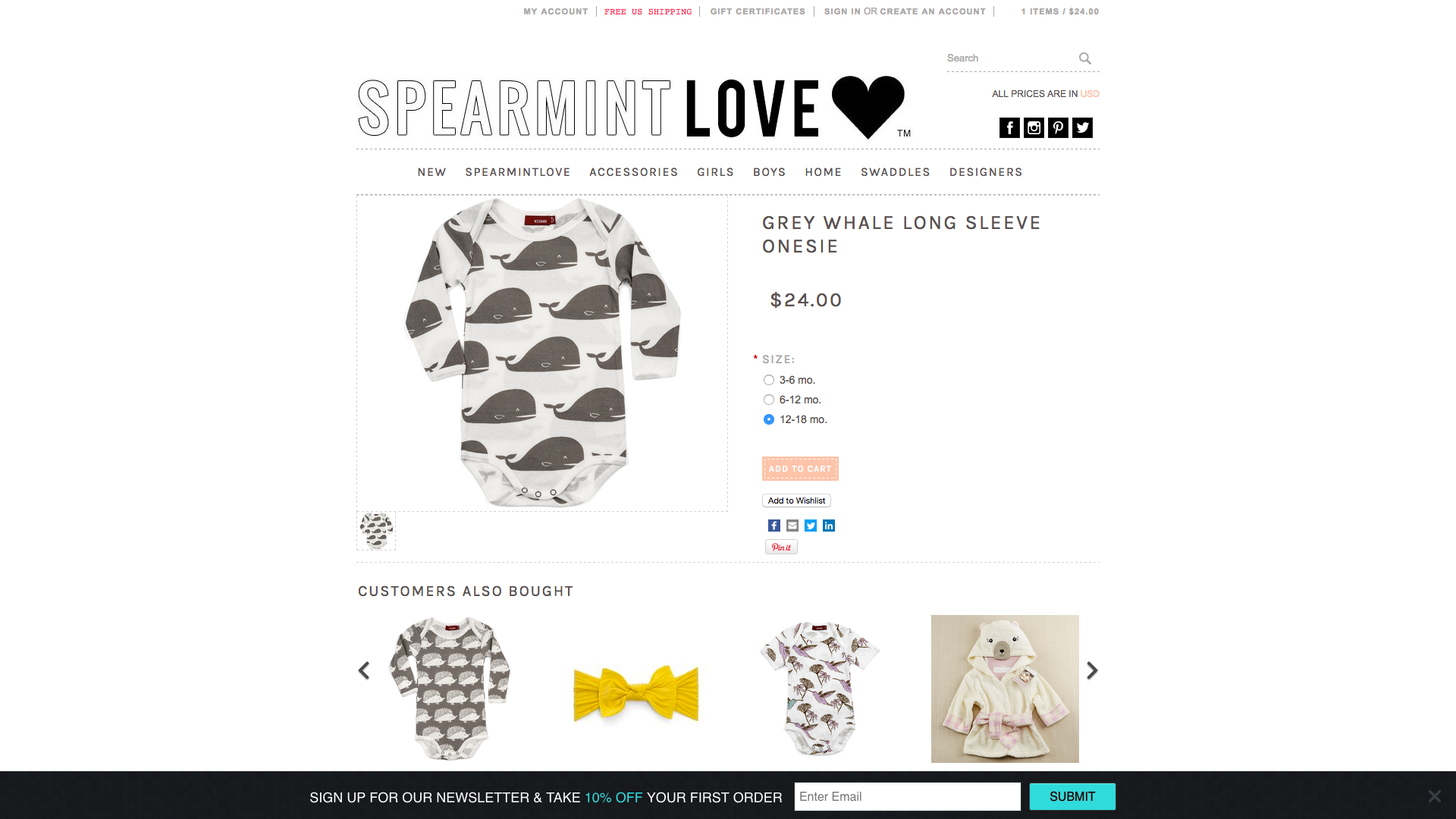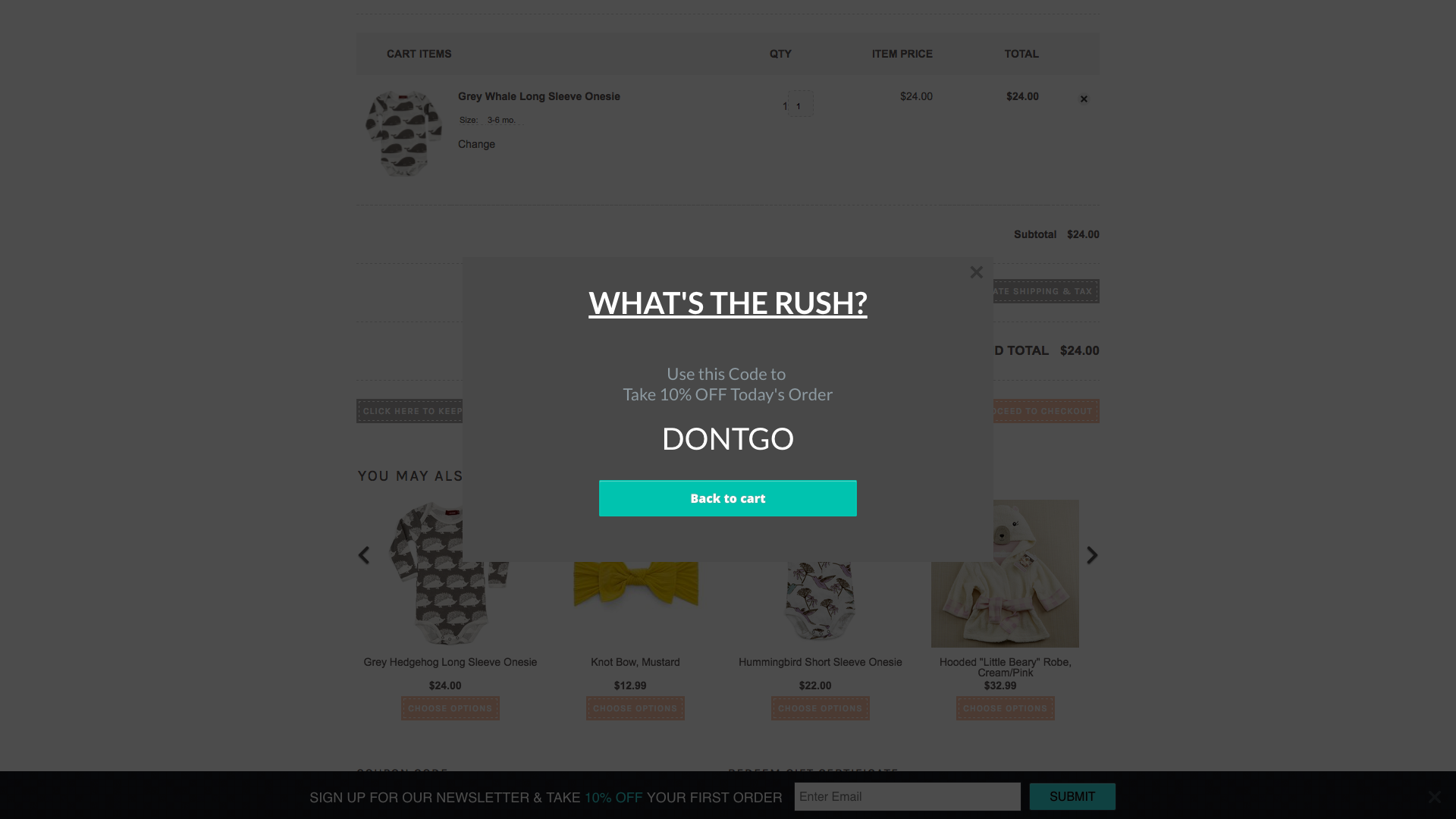Have your ecommerce company's sales been lagging behind your goals?
Is your advertising failing to convert, acting as a financial drain instead of a revenue source?
If so, it's possible you've unwittingly sabotaged your own advertising efforts. That may sound extreme, but it's incredibly common.
This mistake is simple, but deadly: you're spending too much on customer acquisition.
After all, if the amount you're paying for advertising is more than the revenue that the ads are generating, it defeats the entire purpose of having ads in the first place.
In a great article from AdEspresso, the author goes into detail about how companies end up spending more on customer acquisition than those customers actually bring in.
Overspending on Customer Acquisition
You’ve read all the stats. All the previous posts.
You know that carpet bombing people with more untargeted ads, without – you know – actually taking in their preferences, interests, or purchasing history is… not a great idea.
Because Search –> Click –> Convert doesn’t always happen. In fact, 7-9 visits is typically the norm. They’re browsing – looking and hoping and praying – for something.
Specific.
And too often, those things don’t exist.
According to Google’s Customer Journey to Online Purchase, here’s what your buyers are doing prior to purchase:
[image source: AdEspresso]
They’re finding your products (first) through social referrals and display ads.
They’re forming interest in particular products and conducting generic searches (“men’s jeans”)
They’re visiting websites, clicking around, adding to cart or pursuing customer reviews. But still not buying (at least, not yet).
Instead, they leave. Get distracted or go check out alternatives.
Before finally coming back to the site to buy. Or not.
Of course, Google Analytics is lying. All you see is that last step. So you see aggregate AdWords conversions and think MOAR ADS!
Without seeing all the other stuff assisting that sale.
Years and years and years and years and years and years and years (and more years) ago, two little plucky organizations you’ve probably never heard of, Bain & Company + Harvard Business School, conducted a research and found that, “increasing customer retention rates by 5% increases profits by 25% to 95%.”
Turns out, there’s something to this whole ‘loyalty economics’ thing.
‘Cause they also found that those numbers are “greatly exaggerated online.” Meaning: way worse.
When the two parties met up again to update their study for the online world, they found that most new customer acquisition is unprofitable. Instead, online companies typically spend 20-40% more than good old brick-and-mortar alternatives.
So an online grocer, for instance, will need to retain a single customer up to 18 months just to recoup their initial ad spend.
As you can imagine, that’s not good.
So… where should those numbers be?
According to John Lott of Spearmint Love about their success selling on Facebook:
If you’re selling things at 25% margins, you’re going to need a higher return to make that make sense. For us, we’re looking at ad spends where we’re getting at least $5 of revenue or more, preferably closer to the $10 mark for every dollar of ads spent,”
(He also just so happens to run an investment firm on the side. No Biggie.)
Cost of acquisition is John’s number one metric to watch. And Spearmint Love’s insanely low one is a driving reason behind their 1,100% revenue increase in 2016.
So… how do they do it?
How can you possibly bring in at least $5 bucks for each ad dollar spent?
A Facebook sales funnel. Custom audiences. Behavioral targeting.
The works.
You head over to their site and checkout a specific product. In this case, an adorable little grey whale long sleeve onesie.
[image source: AdEspresso]
It’s nice. But I’m on their site right now to find eCommece examples for this post. Not actually buy anything. So I start to move my cursor up to the X when they made a valiant attempt to get me to stay just a little bit longer.
[image source: AdEspresso]
Despite the excellent use of a discount overlay (we’ll look at some terrible examples in a minute), I bounce.
But just a few minutes later on Facebook, they find me again with the same adorable grey whale onesie I was just looking at.

[image source: AdEspresso]
How? Dynamic product ads.
The pixel got me. The feed pulled in product data. The ad template was customized accordingly. And as a result, the ad actually caught my eye (instead of being ignored).
You can read more about eCommerce conversion mistakes over at AdEspresso. If your ads aren't converting, or aren't bringing in enough revenue, it's possible that one of these missteps is the underlying problem.
CHALLENGE Yourself to Profit!
Free Download: Build Your Profit-Generating Online Business With This Free Blueprint
Sign Up, follow the easy steps and You'll get the tactics, strategies & techniques needed to create your online profit stream. It's free!
[adrotate group=”6″]
[adrotate group=”5″]




